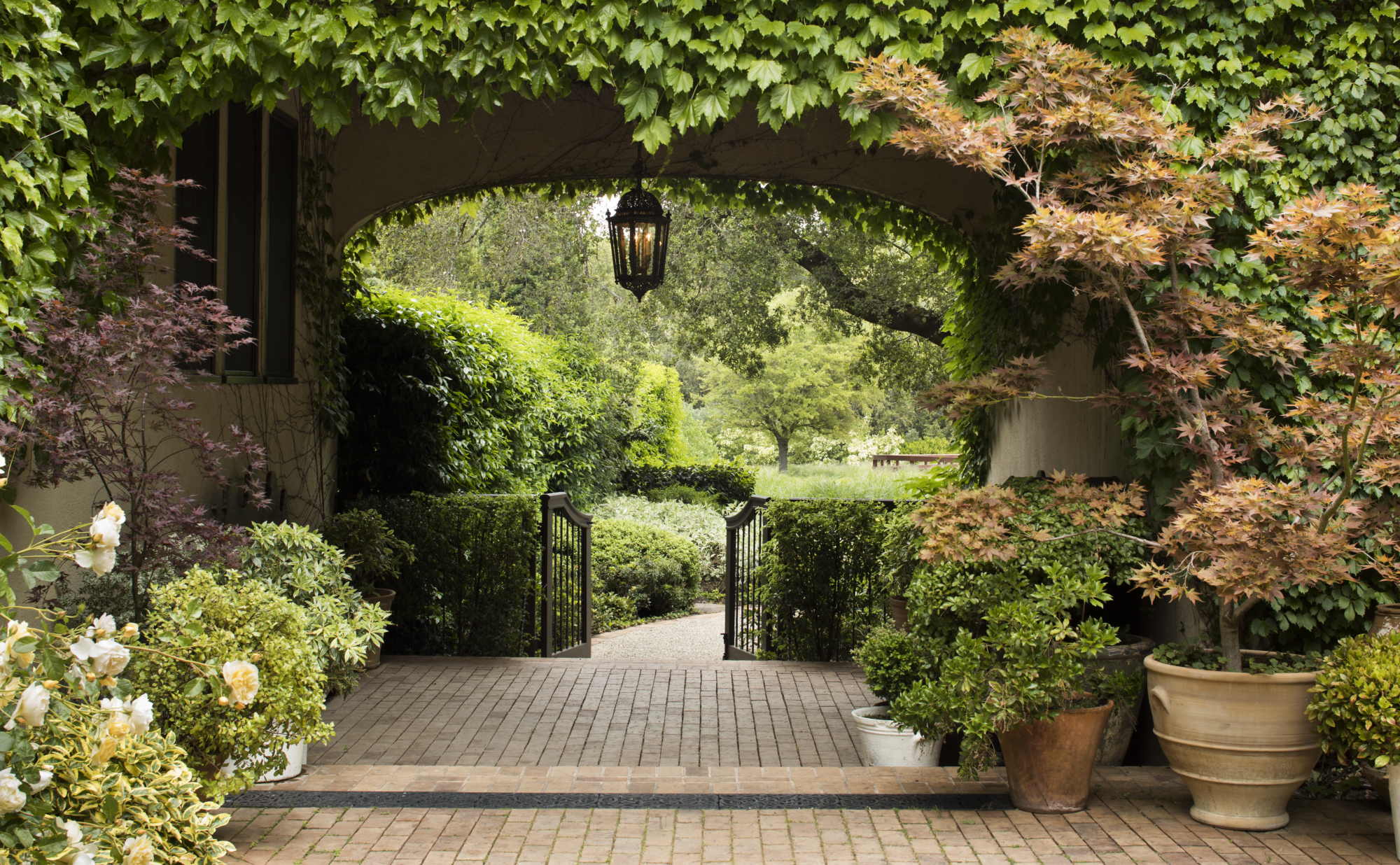Slate is a low-grade metamorphic rock generally formed by the metamorphosis of mudstone / shale, or sometimes basalt, under relatively low pressure and temperature conditions. Clay minerals in the parent rock metamorphose into mica minerals (biotite, chlorite, muscovite) which are aligned along foliation planes perpendicular to the direction of pressure. Slate is characterized by fine foliation along which it breaks to leave smooth, flat surfaces (often referred to as “slaty cleavage” – not to be confused with cleavage in minerals). Sometimes relict (original) bedding is visible on foliation planes. Slate will ‘ring’ when struck, unlike mudstone or shale, which makes a dull ‘thud’.
Slate is clastic and very fine-grained. It is generally quite soft, but can be hard and brittle. It is smooth to touch. Slate is frequently grey in color but can occur in a variety of colors from shades of gray to purple, green or cyan.
Slate will form smooth flat sheets of stone, which have long been used for roofing and floor tiles. It is used for blackboards and it is standard material for the beds of pool, snooker or billiard tables. It is also used for gravestones and garden decoration.
Green Slate was used on homes in Keswick in the Lake District of Cumbria, England. Gray Slate can be seen on the old store and church in Rockmart, GA. Slate and meta-siltstone were used on homes, hotels and towers in the Mosel Valley of Germany.
Phyllite, a metamorphic rock very similar to slate, has undergone a slightly greater degree of metamorphism. It is slightly coarser-grained (some crystals may be visible to the naked eye), and the foliation is less perfect (it lacks perfect “slaty cleavage”).
Bluestone. The common commercial name of “bluestone” is applied to a variety of building stones. The bluestone that comes from South Australia is actually slate.
Phtos:
